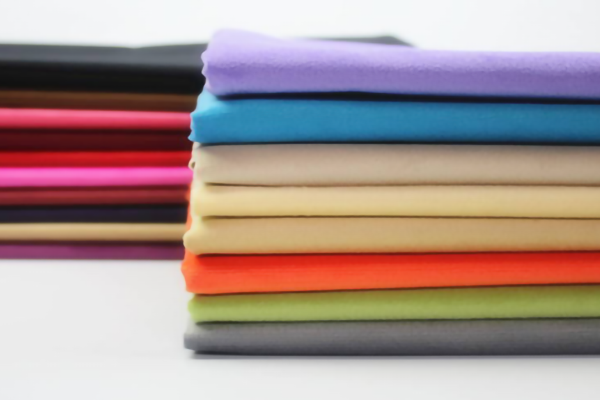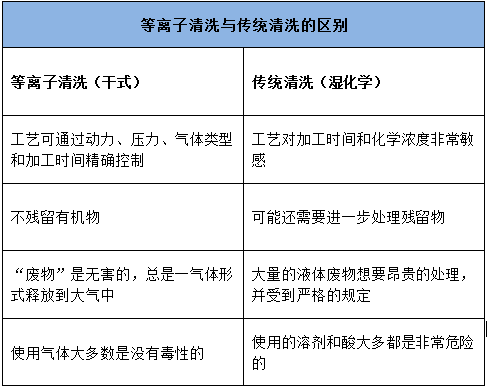National Service Hotline
+86-0769-83002589
National Service Hotline
+86-0769-83002589
Products
Application field
contact us

Telephone(fax):+86-0769-83002589
Contacts:+86-13632530603
E-mail:christina.liu@sz-kimberlite.com
Headquarters:4th Floor, Building D, Shajing Street, Baoan District, Shenzhen
Production base:Room 303, Building 2, Dongmao Zhizhi Park, Chashan Jinshan Road, Chashan Town, Dongguan City, Guangdong Province
Plasma technology can improve the bonding of composite fibers, improve surface properties, increase surface wettability, etc. in textile processing. This treatment technology is dry treatment, a proven, effective, economical and environmentally friendly surface treatment In the traditional process, textiles undergo a variety of scouring and bleaching processes before printing and dyeing, which consumes water and energy, and causes great environmental pollution. Plasma technology makes the production process green and environmentally friendly, effectively reducing pollution, and low operating costs And craftsmanship is improved. Therefore, from the perspective of development trend, plasma treatment technology has great potential for development in textile surface modification.

The effects of plasma technology on textiles are:
1. Improve moisture absorption
2. Improve antistatic properties
3. Improve dyeability
4. Improve anti-sticking properties

Both atmospheric plasma cleaning machine and vacuum plasma cleaning machine can be used in the manufacturing process of the textile industry. The high-energy active particles in the low-temperature plasma interact with the fiber surface, such as surface activation, graft polymerization, surface cleaning, etc., which change the surface of the textile. The morphological characteristics and chemical composition of the textiles can improve the surface functional properties of textiles. Plasma surface technology can also be used to develop and create new functional coating fabrics to give new added value to the products and improve the core competitiveness of the company. However, according to different materials, processing purposes, and production process differentiation, manufacturers will choose different equipment.